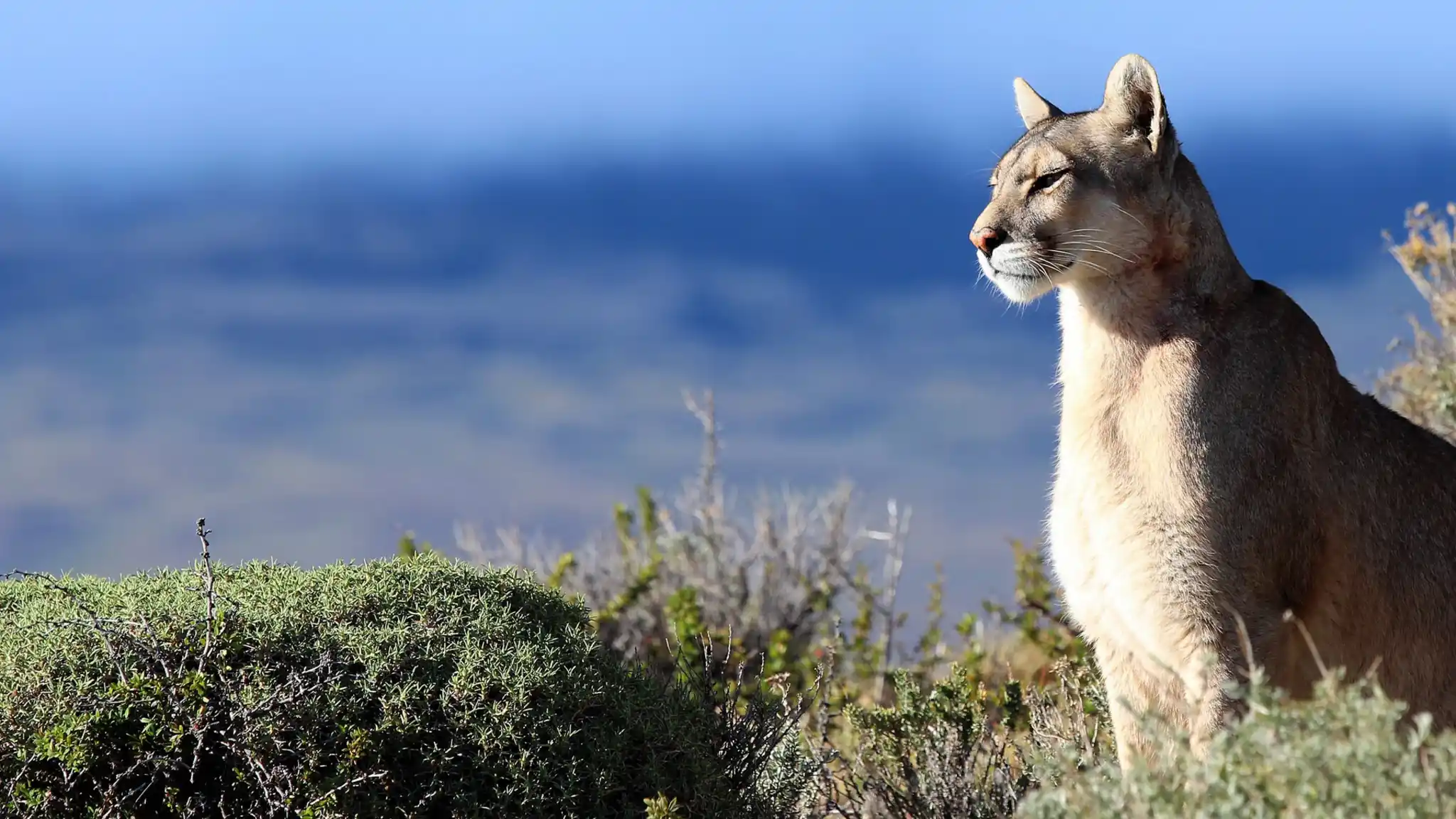
Classic Chile Safari
Head out into the wild in search of Patagonia’s elusive apex predator, with your own private puma tracking guide, in this Classic Chile Safari. Take part in an array of activities in and San Pedro de Atacama and spend time in the Atacama Desert, visiting the likes of The Valley of the Moon.









